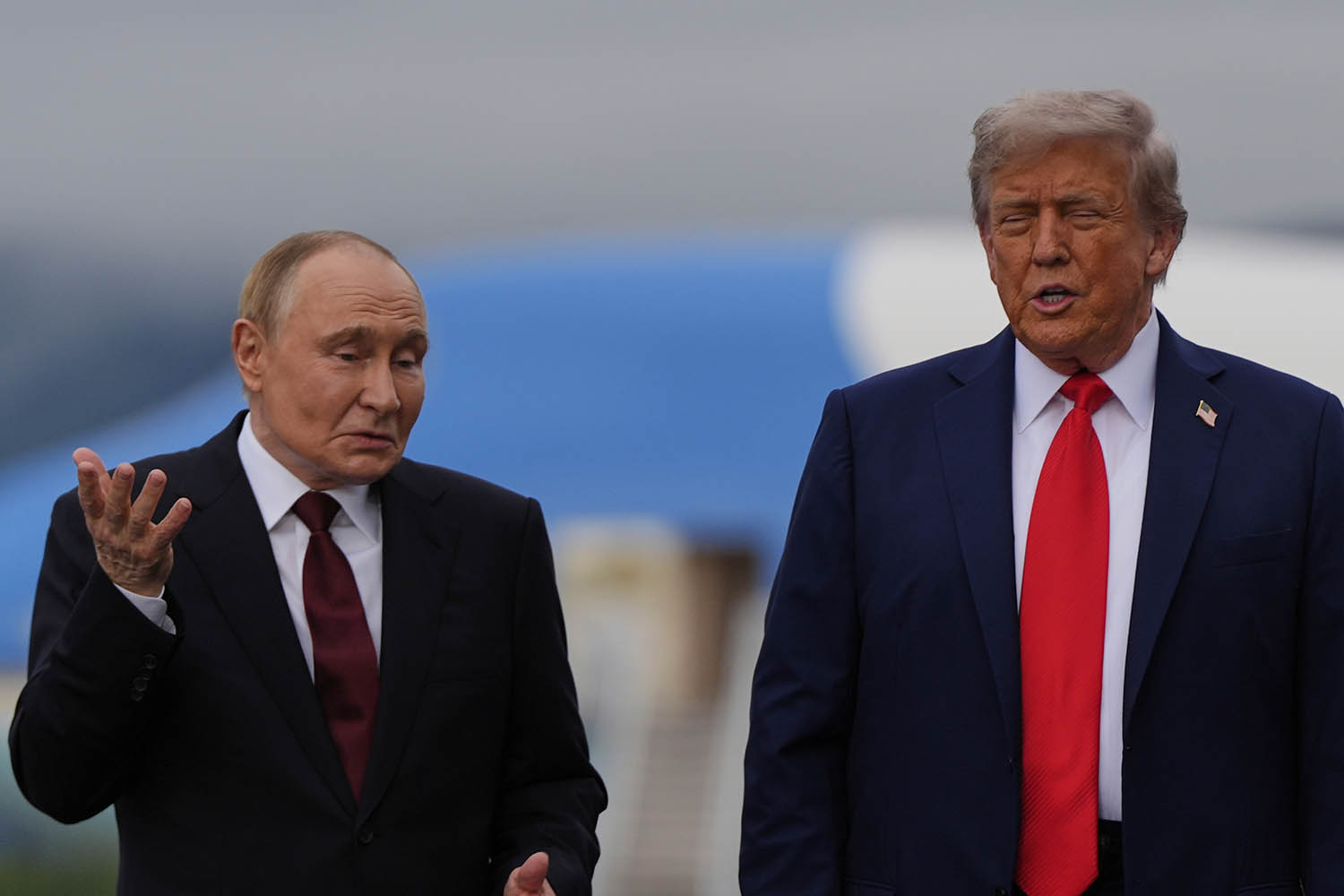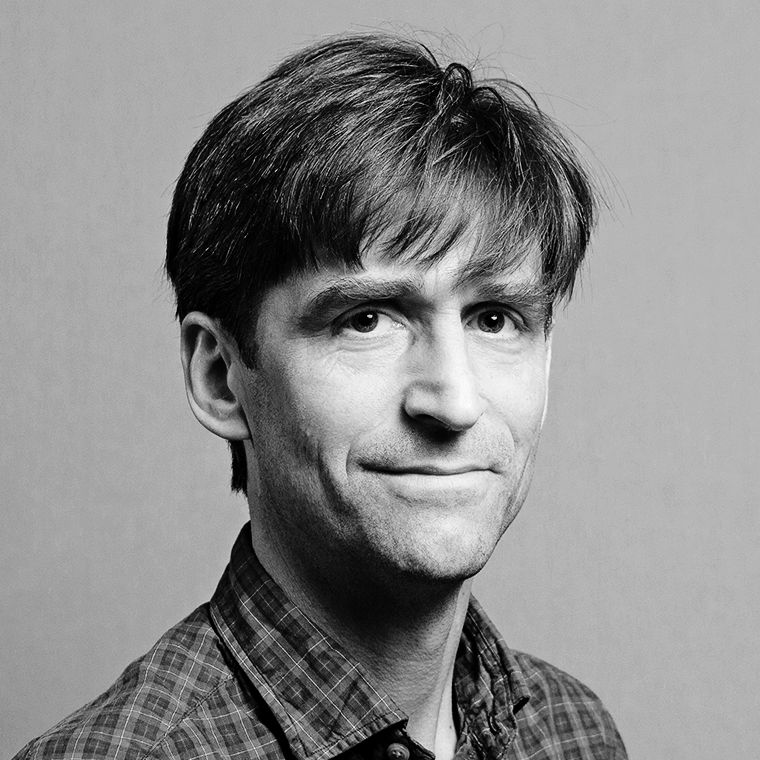En route to Alaska, Vladimir Putin stopped at a fish oil plant in what used to be the capital of Stalin’s Siberian gulag. Putin packed in four other local visits then flew on to attend to US-Russia relations, his spokesman said, almost as if they were an afterthought.
They were anything but. For more than eight months, the Kremlin has planned meticulously to resolve a potentially disastrous tension – between the need to accommodate a new US president determined to garland himself in the laurels of a peacemaker and the need to go on fighting until Putin can claim victory in Ukraine. So far, he has succeeded on both fronts.
Putin and Donald Trump have been speaking on the phone on average once a month since January. In February, their foreign ministers met in Riyadh to agree on the Arctic and energy as potential areas of cooperation. In April, Kirill Dmitriev, head of Russia’s sovereign wealth fund and a key go-between with the new US administration, flew to Washington for private talks with Steve Witkoff, Trump’s special envoy.
Throughout, according to the author Simon Shuster, Trump was in touch with the Kremlin via a second – and more surprising – interlocutor, Alexander Lukashenko, the president of Belarus.
It was to Lukashenko – often called “Europe’s last dictator” – that Trump placed one of his final calls on Friday before touching down outside Anchorage at Joint Base Elmendorf-Richardson. Ostensibly, the point of the call was to thank his counterpart for releasing 16 political prisoners. (It was a “wonderful” call, Trump said.) For Lukashenko, the point, as ever, was to insist Putin was serious about peace, however much his drone and rocket attacks on Ukraine suggested otherwise.
There was no deal on Friday but Putin’s reward for that promise of peaceful intentions was remarkable. He was taken at face value despite a 25-year record of duplicity. He was given a one-on-one meeting with a president who, a day before, had been threatening secondary sanctions on any country buying Russian exports.
In the process, Putin returned to the US on non-UN business for the first time since 2007, despite invading two countries in the intervening years and allegedly presiding over the murder of a long list of critics, including Alexei Navalny.
‘Ukraine’s exclusion strengthens the message that it is not a proper state, that it’s a client state of the US’
Andrei Soldatov, journalist
As soon as the summit was announced, Russian state TV hailed the “total collapse” of the west’s efforts to isolate Russia as a pariah state. Kremlin propagandists have since filled the news cycle with delighted commentaries on Putin’s statecraft and Europe’s humiliation at being excluded from the summit along with Ukraine.
For Russian audiences, Ukraine’s exclusion “strengthens the message that it is not a proper state, that it’s a client state of the US,” said Andrei Soldatov, a Russian journalist in exile for opposing the war. From the start, the summit was “a win-win for Putin in any scenario”, he added.
One such scenario was an “air truce” banning missile and drone attacks. That now looks unlikely, but if enforced, it would be “absolutely beneficial for Russia”, Soldatov said. “Ukrainian drone attacks are the only thing that bothers Russians now.”
Any kind of deal agreed by the US and Russia but rejected by Ukraine would also be a near-ideal outcome for Moscow: “A Ukrainian refusal to accept is plausible, but Putin would be totally OK with that. He would say to his people and his audience in the west: ‘I was for peace but you stopped it.’”
Putin watchers see two storm clouds on his horizon, both now receding. The first is a platoon of ultra-nationalist military bloggers who consider him weak for failing to crush and conquer Ukraine at any cost. They would see surrender in any deal, although they know dissent can be fatal.
One of their standard-bearers, the oligarch Yevgeny Prigozhin, was killed when his private jet exploded after he had led his Wagner Group of mercenaries in a coup attempt in 2023. Another, Igor Girkin, has been jailed for extremism.
The second storm cloud is the prospect of peace. “For Moscow, it would bring a potential crisis – the loss of the mobilising force that has justified repression … and explained economic hardship,” wrote Maxim Trudolyubov of the Washington-based Kennan Institute on the Meduza news website.
With no fighting around which to construct a false narrative of existential threats to Russia, the regime could become more vulnerable to complaints about high inflation and a weakened rouble. To pre-empt protest, penalties for opposing the war have been tightened – a volunteer who raised money for Ukrainian refugees was sentenced to 22 years in June – and last week the Kremlin restricted voice and video calls on WhatsApp and Telegram.
In practice, peace remains remote and Putin’s grip on power looks tighter than ever. At the end of the Soviet era, the KGB lost faith in the Communist party. Four decades on, its successor, the FSB, marches in lockstep with the Kremlin. Even in Siberian towns reeling from the loss of young men conscripted and killed in action, loyalty to Putin is high, thanks partly to compensation payments worth $80,000.
Yet the economy is hurting – and on his mind. His chief Ukraine negotiator was not in his entourage in Anchorage, but Dmitriev and two finance ministers were.
Minding the farm in Moscow was Elvira Nabiullina, the central bank governor who has earned grudging praise in the west for keeping the public finances afloat, even as 40% of state spending reportedly goes on the war.
A smiling Putin once stamped his authority on Nabiullina by summoning her to a public meeting at the Kremlin a day after the FSB leaked a tape of her husband with a sex worker. The same Putin smiled freely through his appearances with Trump on Friday night.
Photograph by AP/Julia Demaree Nikhinson

